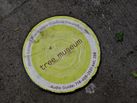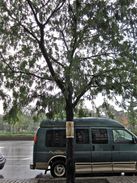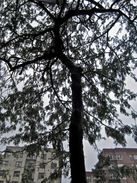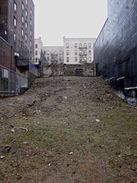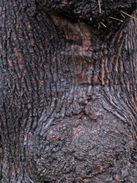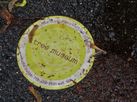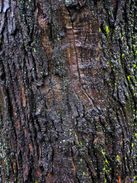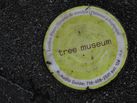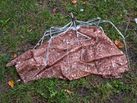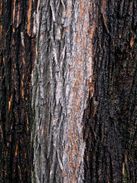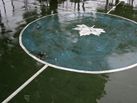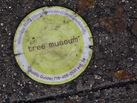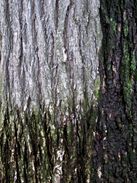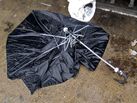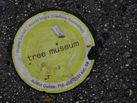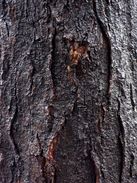I spent a rainy Sunday afternoon at / in / around the Tree Museum.
A slideshow is available on Flickr.
I came upon the following trees on my route from 149th street to 170th and back again:
- Tree 9 — Eric Sanderson, author of local history book. Planted as a street tree, but common to the region. Only the isolated trees survive after an epidemic of fungal disease. See The Manahatta project.
- Tree 31 — 32 year Bronx resident. Recalls canopy of trees where you could find some shade. She named tree 31 Ezekiel.
- Tree 32 — Director of the Bronx Museum. Saving a 3-story tall apple tree that would have been in the way of museum expansion.
- Tree 28 — Bronx singer-songwriter plays a song about the honey locust.
- Tree 27 — Music. Overlapped eerily with some live music playing further south in the park.
- Tree 16 — Valerie Capers, wrote a song about things to do in the Bronx.
- Tree 15 — Franz Sigel Park history.
- Tree 12 — Professor, narrates a history of Franz Sigel. Immigrant contributions.
- Tree 10 — Andrea Polli, ecological concern.
- Tree 6 — Resident, can’t recall trees in her childhood. “You don’t have to leave the neighborhood to live in a better one.” Founded the Sustainable South Bronx community organization.
It probably would have been wise to heed the advice from the woman behind the desk at the Bronx Museum. After listing the current exhibitions, she mentioned the Tree Museum, with the weather-conscious caveat: “You’ll probably want to do that some other day.”
It was just a foul and wet and windy day. The Grand Concourse was just about completely pedestrian free — at least along the stretch I explored. Husks of inside-out umbrellas dotted the sidewalks and parks. It seems like the Tree Museum is grounded in sociability — take a walk, hear some history from the locals, maybe meet some people around a tree — but my trip was mostly silent, and the only people I met were pre-recorded on the other end of my cell phone.
What I wanted when I dialed the number was a conversation (and that’s what we’re wired to expect after dialing a cell phone), but while the exchange was purely reactive, not interactive. Also, standing in front of a tree with a phone to your ear leaves you in an antisocial posture, compounded a bit by the novelty of having a conversation (of sorts) with a tree (arboreal schizophrenia?). In some ways, the phone’s technology brings isolation from, rather than immersion in, the neighborhood and community. The whole process might work better in groups, or on days with more foot traffic when someone might ask what’s going on — sharing the experience would improve it.
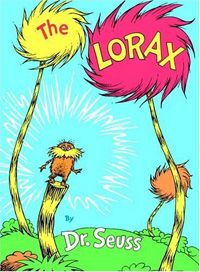
The trees were sparse enough that the walk felt a bit like a scavenger hunt — and the positioning of the placards meant I spent more time staring at the sidewalk and less time looking up at the trees. When I did find a tree, I ended up almost subconsciously taking its picture — which seems like the facile and obvious thing to do, but also in line with the scavenger hunt sensibility, proof that the treasure was found.
The absence of people also drove home the sense that the trees are a kind of witness to the history and change in the neighborhood, and I was interested to learn from tree 9’s recording that many were planted when the street was created, which must make some of them exactly as old as the concourse itself. (I had previously assumed that the concourse was carved out of existing forest.)
I would have liked more connection between the phone narratives and the immediate environment — the most effective moment of the trip was the overlap between a live band at the south end of Joyce Kilmer Park and tree 27’s musical recording.
I’d like to go back on a brighter day, to see how a busier concourse contributes to the messages from the trees. Otherwise, the emptiness made the experience feel more like a monument to something lost than a museum of something existent.
